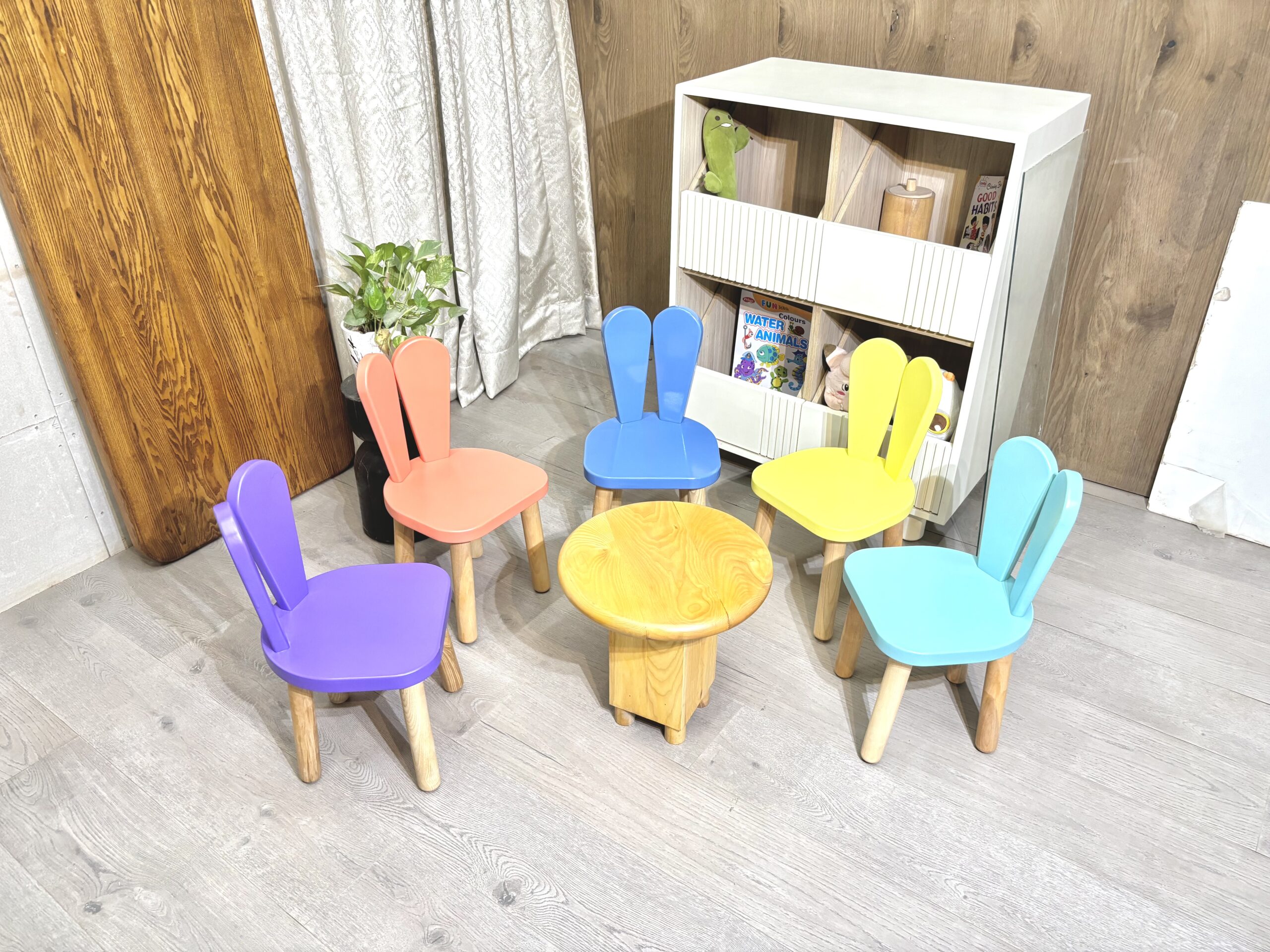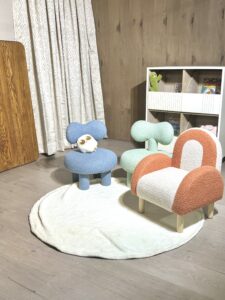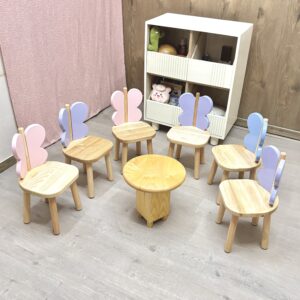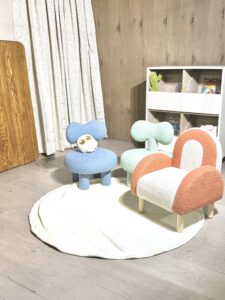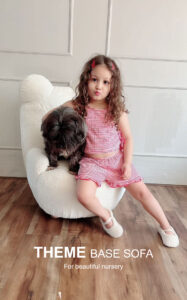Choosing the Perfect Preschool Chairs: Comfort, Safety, and Functionality
When it comes to creating an ideal learning environment for preschoolers, every detail matters – from the layout of the classroom to the choice of furniture. Among the most important items to consider are preschool chairs. These seemingly simple pieces of furniture play a crucial role in a child’s comfort, focus, and overall learning experience.
SHOP BUTTERFLY CHAIRS
SHOP BUNNY CHAIRS
Why Preschool Chairs Matter
Preschool chairs are designed specifically for young children, who are still developing their posture and motor skills. Unlike adult chairs, which are typically made with grown-up proportions in mind, preschool chairs are tailored to the height, size, and needs of young learners. Choosing the right chair ensures that children can sit comfortably for extended periods, interact with peers, and engage in classroom activities without strain or discomfort.
Key Features to Look for in Preschool Chairs
-
Comfort and Ergonomics Preschoolers are naturally energetic, so comfort is essential for both short and long sitting periods. Chairs with rounded edges, supportive backs, and contoured seating can promote better posture and reduce the risk of discomfort. Soft but durable upholstery can also enhance comfort, while the correct seat height ensures children’s feet rest flat on the floor, preventing unnecessary strain.
-
Durability and Safety Preschool furniture needs to be tough. Young children tend to be rough on furniture, so selecting chairs made from durable materials, like high-quality plastic or sturdy wood, is essential. Additionally, it’s crucial that the chair is free from sharp edges or small parts that could pose a choking hazard. Look for chairs with non-slip feet to prevent slipping or tipping during use.
-
Size and Adjustability Preschoolers come in different shapes and sizes, which is why it’s important to have chairs that fit a range of heights. Many preschool chairs come with adjustable height features, allowing them to grow with the child or adapt to varying needs in a classroom setting.
-
Easy to Clean Messes are inevitable in preschool environments. Chairs with smooth surfaces that are easy to wipe down are a must. Chairs made from plastic or wood are easier to clean than fabric-covered options. Look for chairs with removable seat covers or stain-resistant materials for additional convenience.
-
Color and Design Bright, vibrant colors help create a fun, engaging atmosphere for preschool children. Choosing chairs in cheerful colors that match the classroom décor can enhance the learning environment and promote excitement. Some preschool chairs also come with playful designs that add a bit of whimsy, sparking imagination and creativity.
Types of Preschool Chairs
-
Standard Preschool Chairs These are the classic option for most classrooms. They come in various sizes to suit different age groups and offer basic functionality. They are simple to move, stack, and store, making them a versatile choice for a busy preschool.
-
Activity Chairs Designed for interactive learning, activity chairs often come with additional features like built-in trays or tables. These can be particularly useful for art, snack time, or other activities where kids need a space to hold materials. Shop Bow Activity Chair
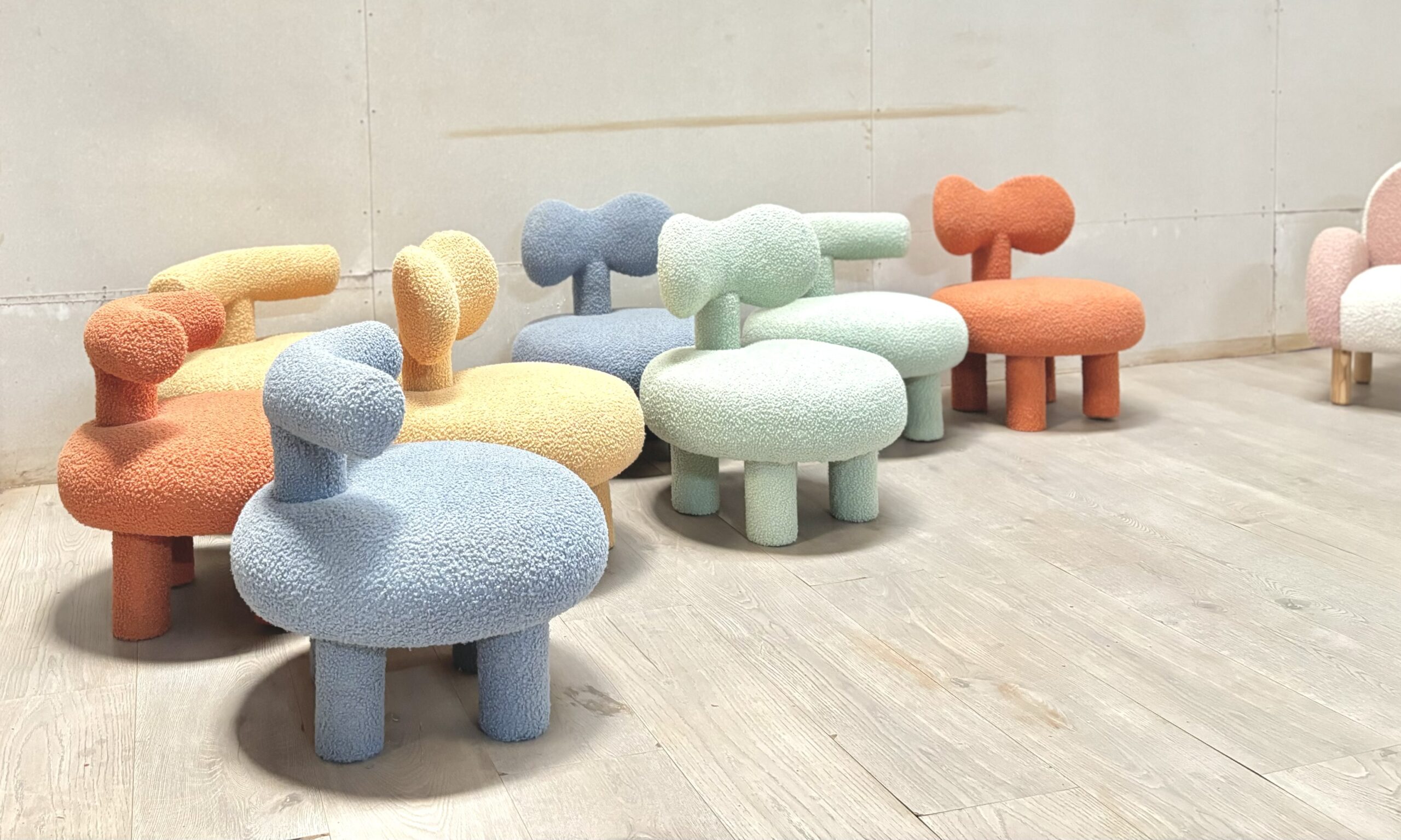
-
Rocking Chairs For a more calming option, rocking chairs can be an excellent choice. These chairs are not only great for comfort, but they also help children develop balance and coordination.
-
Stackable Chairs Stackable chairs are a great space-saving option. After a long day of activities, teachers can easily stack and store these chairs, helping to keep the classroom tidy and organized.
Conclusion
Investing in quality preschool chairs is an essential part of setting up a successful and safe learning environment for young children. By prioritizing comfort, safety, durability, and design, you can help create a space where preschoolers feel secure and ready to learn. Remember, the right chair will support not only their physical development but also their ability to engage, socialize, and thrive in their early learning years.

